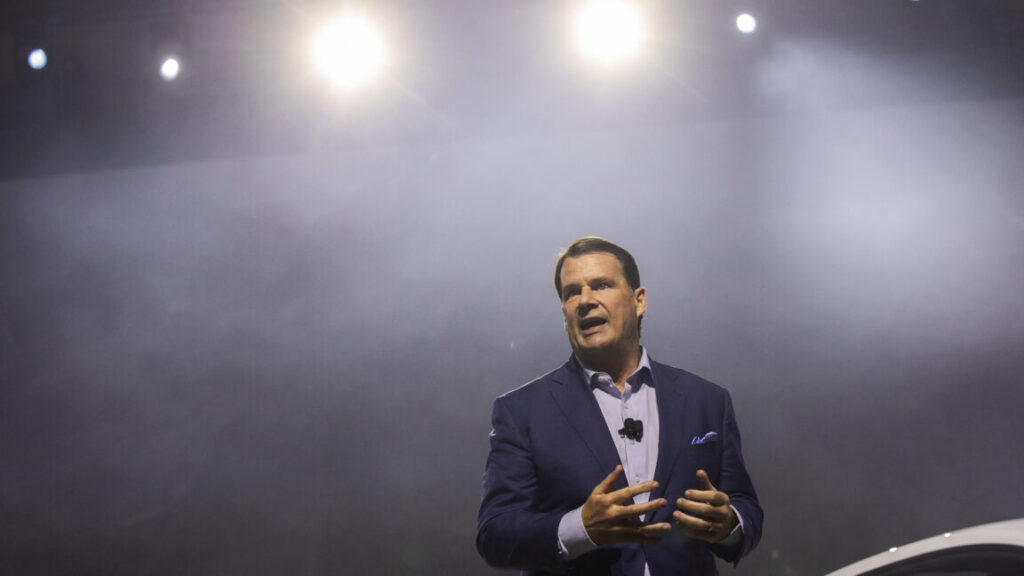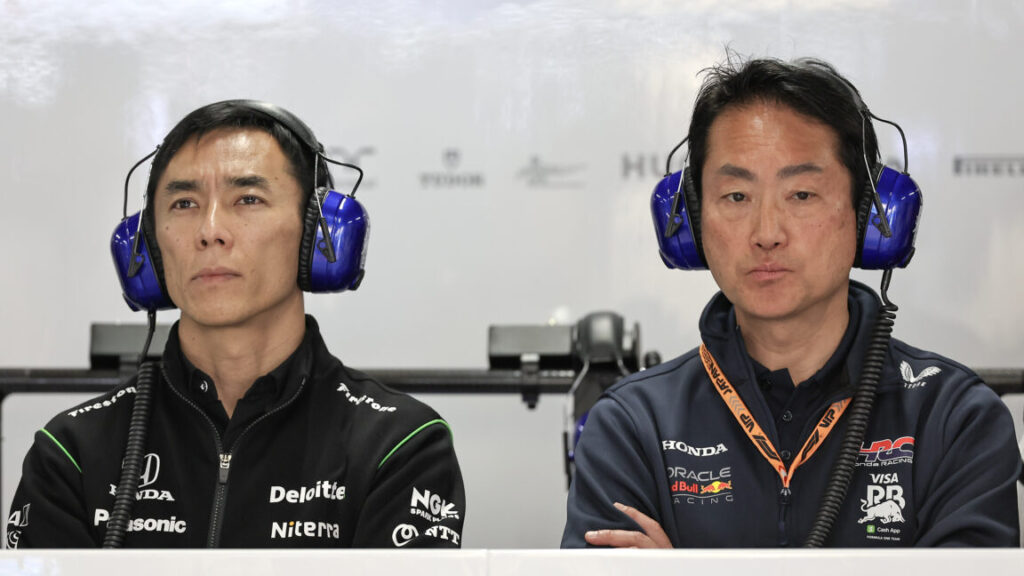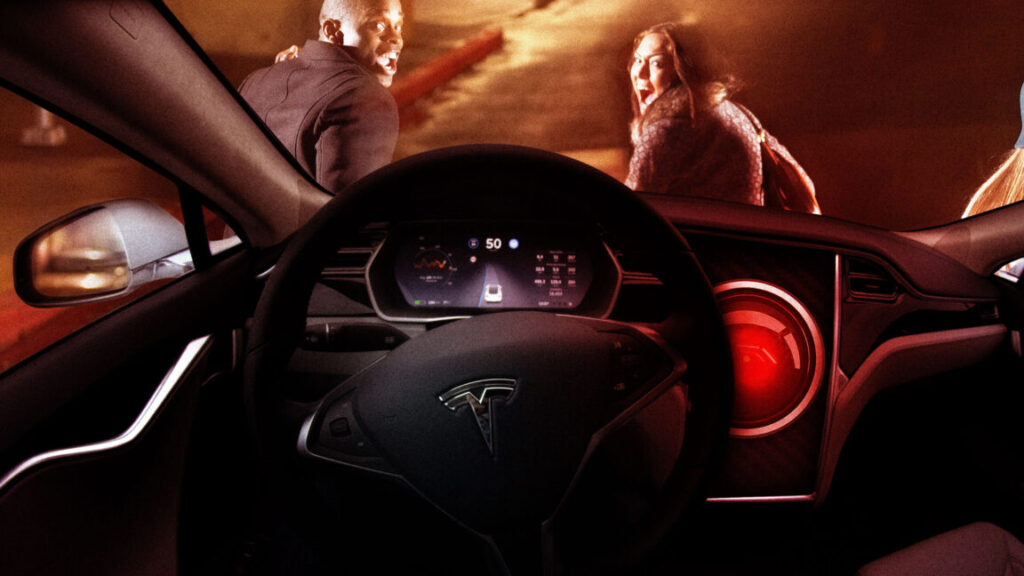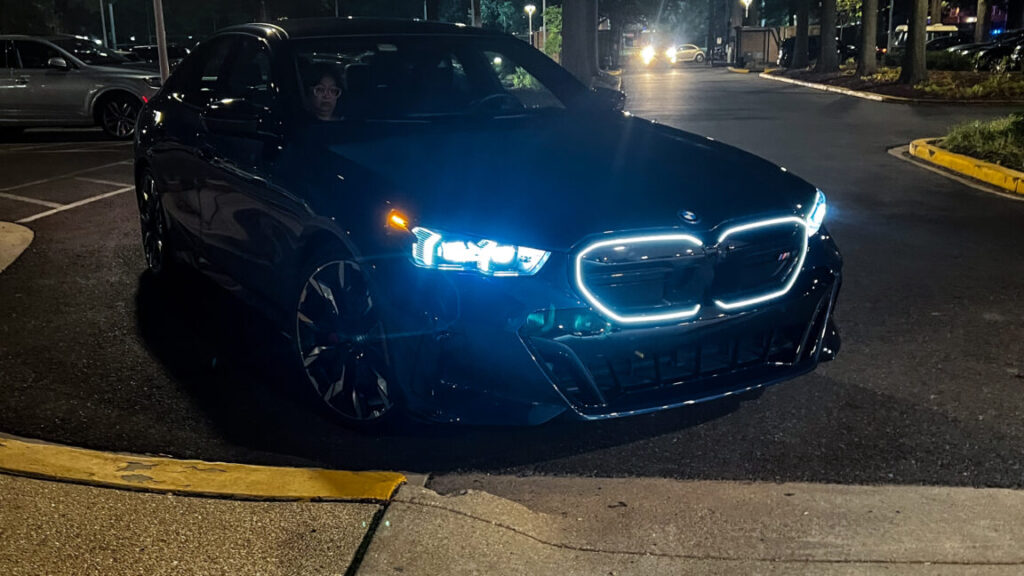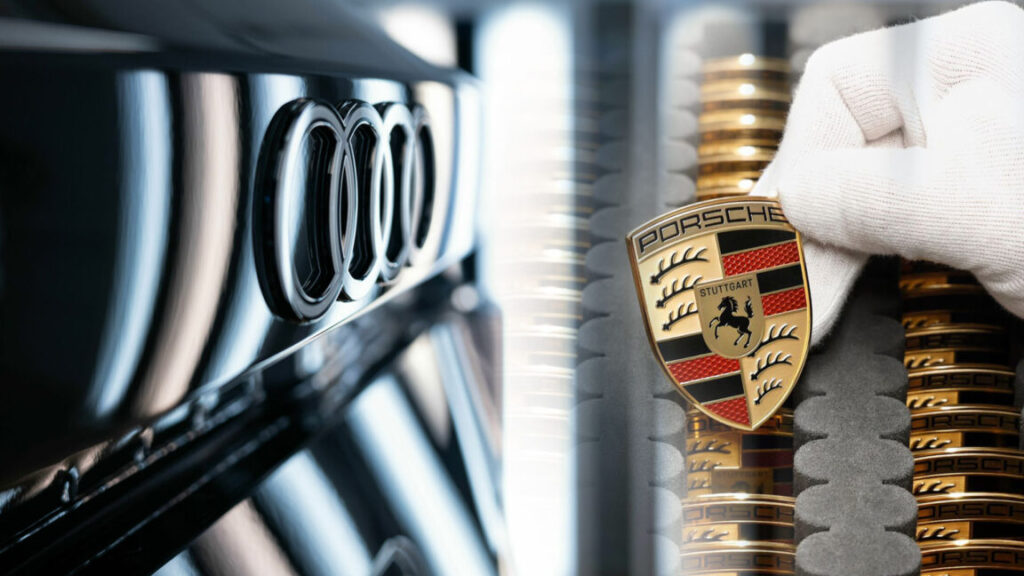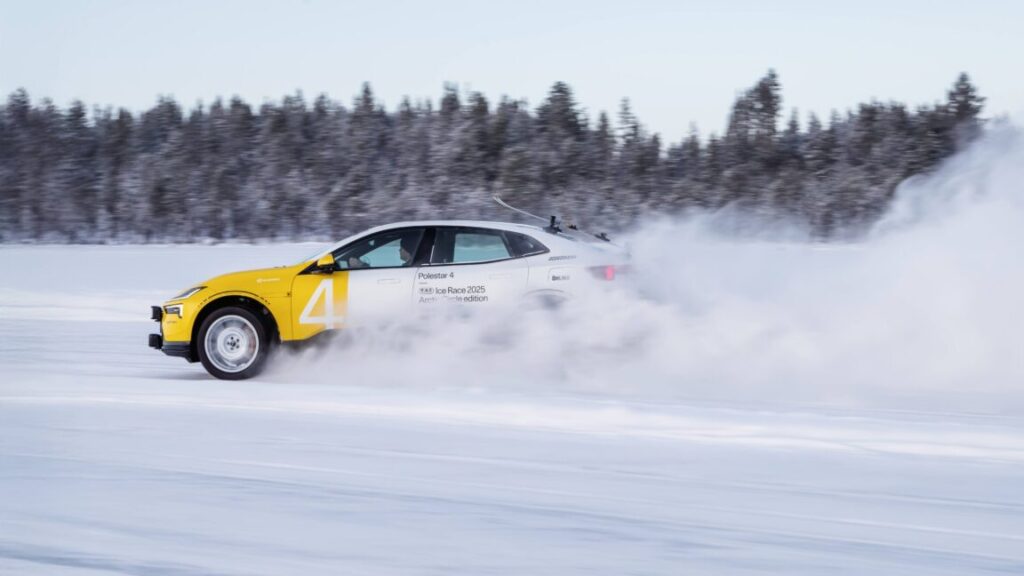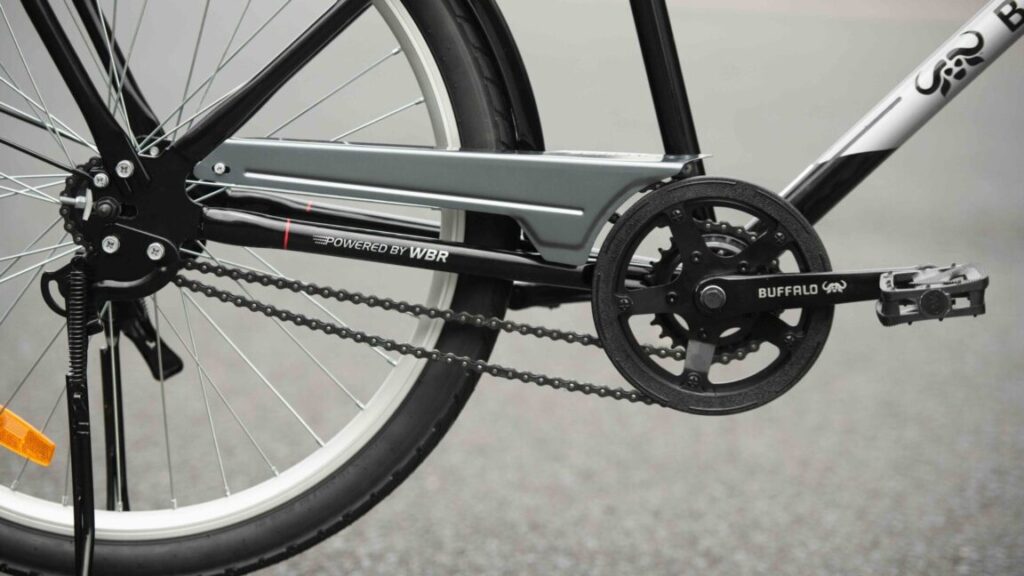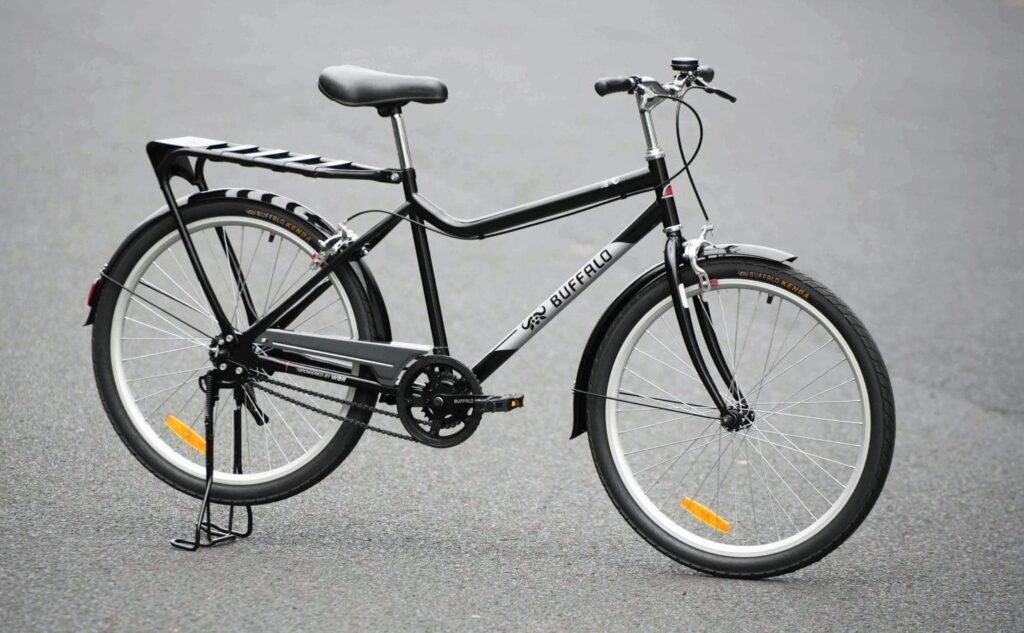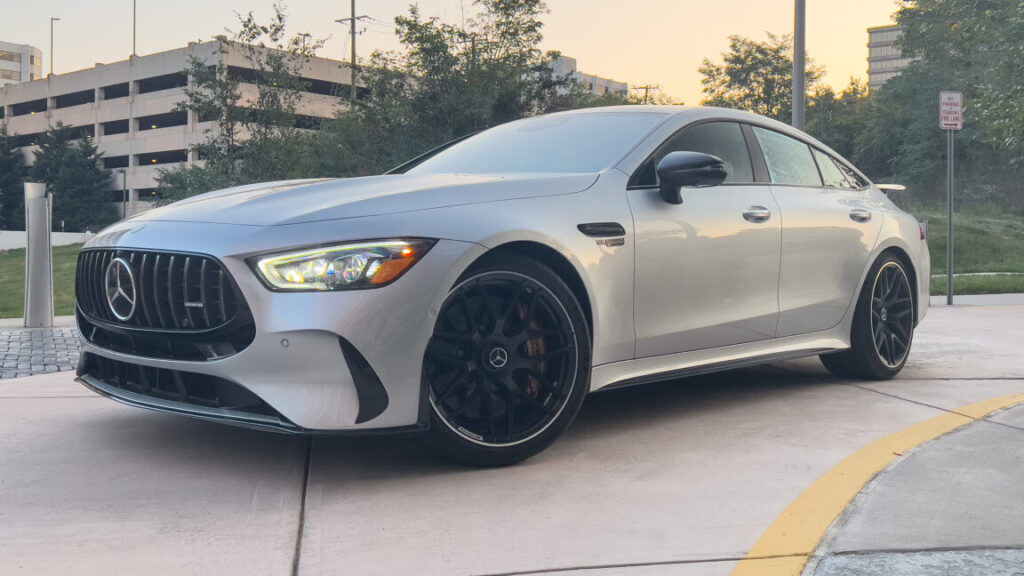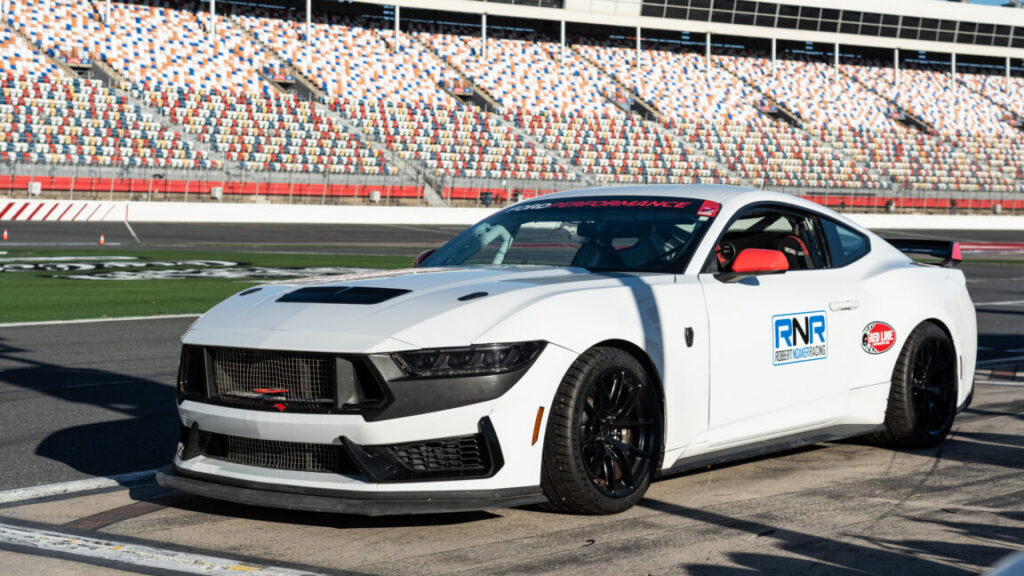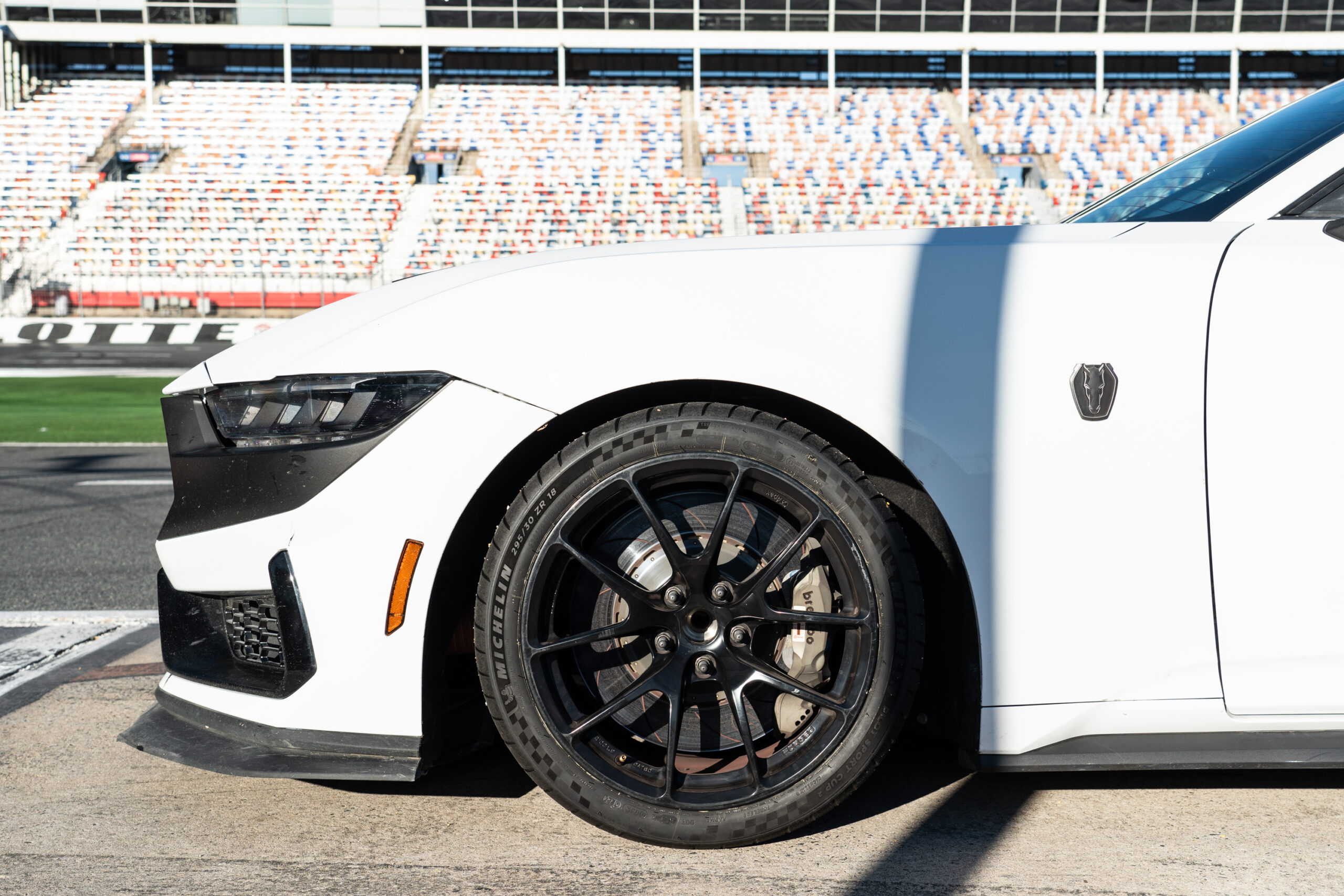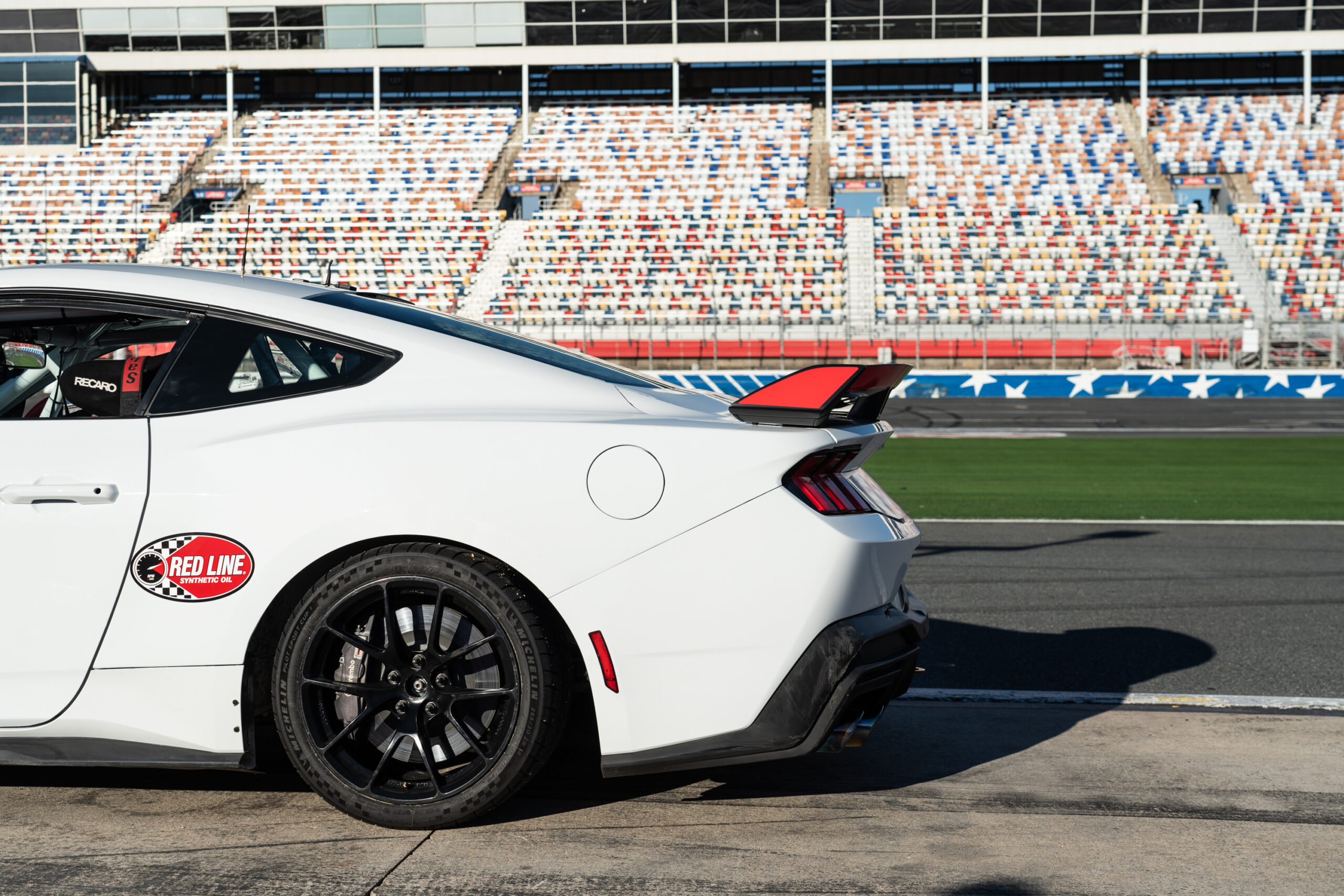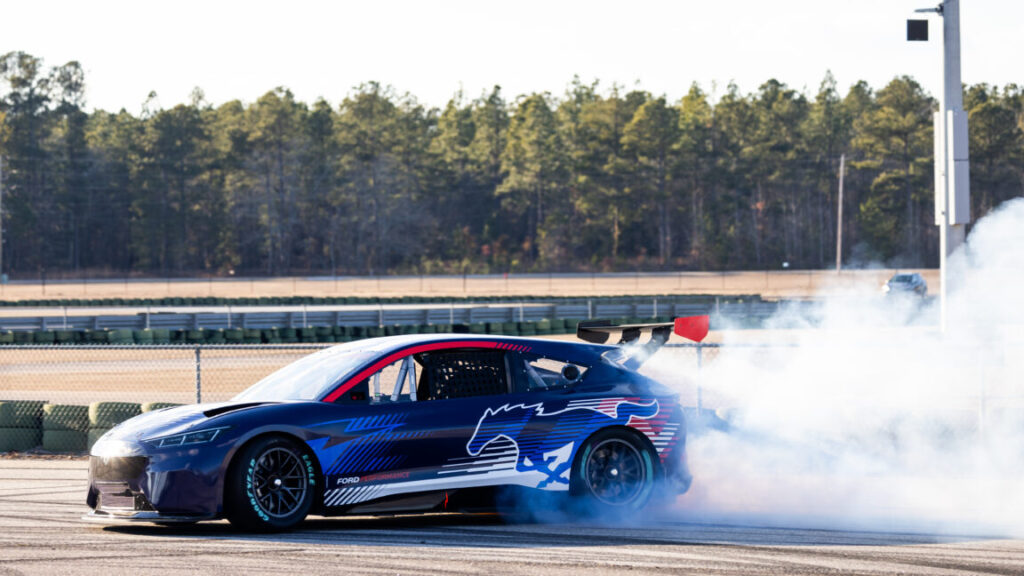Common factors link rise in pedestrian deaths—fixing them will be tough
American roads have grown deadlier for everyone, but the toll on pedestrians has been disproportionate. From a record low in 2009, the number of pedestrians being killed by vehicles rose 83 percent by 2022 to the highest it’s been in 40 years. During that time, overall traffic deaths increased by just 25 percent. Now, a new study from AAA has identified a number of common factors that can explain why so many more pedestrians have died.
Firstly, no, it’s not because there are more SUVs on the road, although these larger and taller vehicles are more likely to kill or seriously injure a pedestrian in a crash. And no, it’s not because everyone has a smartphone, although using one while driving is a good way to increase your chances of hitting someone or something. These and some other factors (increased amount of driving, more alcohol consumption) have each played a small role, but even together, they don’t explain the magnitude of the trend.
For a while, researchers started seeing that the increased pedestrian death toll was almost entirely happening after dark and on urban arterial roads—this has continued to be true through 2022, the AAA report says.
Together with the Collaborative Sciences Centre for Road Safety, AAA conducted a trio of case studies looking at road safety data from Albuquerque, New Mexico; Charlotte, North Carolina; and Memphis, Tennessee, to drill down into the phenomenon.
And common factors did emerge. Pedestrian crashes on arterial roads during darkness were far more likely to be fatal and were more common in older neighborhoods, more socially deprived neighborhoods, neighborhoods with more multifamily housing, and neighborhoods with more “arts/entertainment/food/accommodations” workers. As with so many of the US’s ills, this problem is one that disproportionately affects the less affluent.
Common factors link rise in pedestrian deaths—fixing them will be tough Read More »

